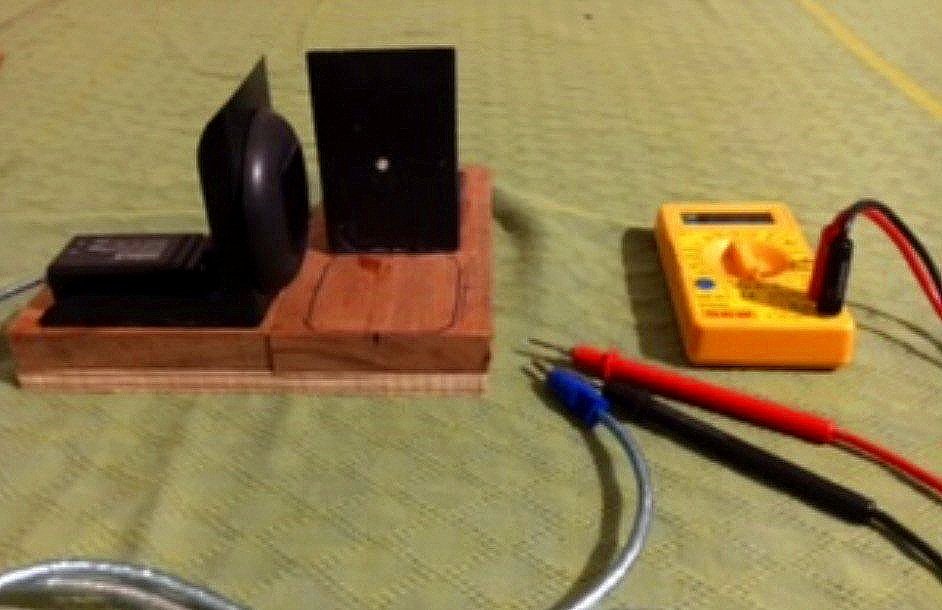
Water Purification
My research in water purification began in my 9th grade, along with a classmate of mine, Manan. The school I was attending, Rishi Valley, had built a new design & technology lab, and the lab was supplied with advanced machinery for carpentry. The lab also had an area for students to conduct research on a topic that interested them, and Manan and I worked on our water purification research here. We were guided by our physics teacher, Atul Vij.
The topic we chose to tackle within the area of water conservation was water turbidity. Turbidity is a measure of how cloudy or foggy water is, and it is caused by minute sand and dirt particles. After studying several research papers on this topic, we came across one eco-friendly method of reducing turbidity. Natural coagulants such as drumstick and chickpea could be powdered and added to the turbid water solution, and after a few hours they would cling to the sand, dirt and other microparticles and fall to the bottom of the solution. The mass could then be filtered out, leaving a clear water solution.
We chose this method to solve the issue of water turbidity, as the areas surrounding our school were lush with coagulants such as drumstick and okra. We also chose to experiment with tamarind, a fruit that grew in abundance in our school. However, in order for us to accurately determine the efficacy of our coagulants, we needed to be able to measure the turbidity levels in our water solution. We did not have access to a turbidity meter due to the high cost of the meter and the remote location of our school, so we decided to design our own.
Our model consisted of a jar containing our water sample, an LED light, a small solar panel and a voltmeter. The basic theory was that when light would shine into the jar, the larger microparticles in the water would reflect it at a 90 degree angle, which could be captured by our solar panel. That light could then be converted into electricity and measured by the voltmeter, with a higher value indicating greater turbidity and vice versa. In order for the sunlight in the room to have no effect on the reading, the jar containing water was covered completely by black paper. Using this model, Manan and I found that drumstick was the most effective coagulant, decreasing turbidity by up to 95% when left for 4–5 days. As for the other two coagulants, we found that okra was the least effective, with tamarind having average efficacy.
This project took several iterations, with fine tuning and experimenting necessary. Ultimately it was a very valuable experience for me, and we hope this method can be used to address water purification in the future.
